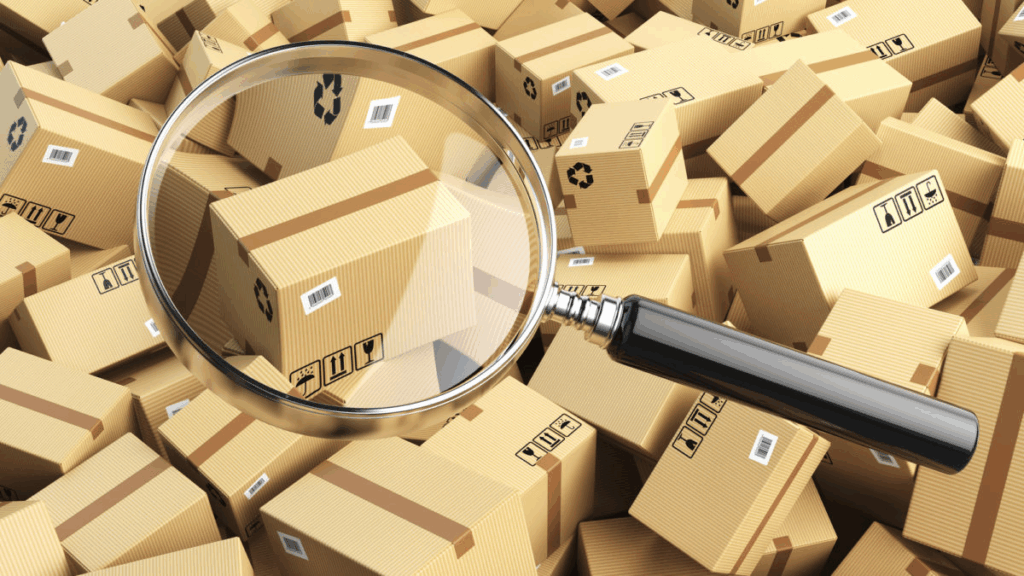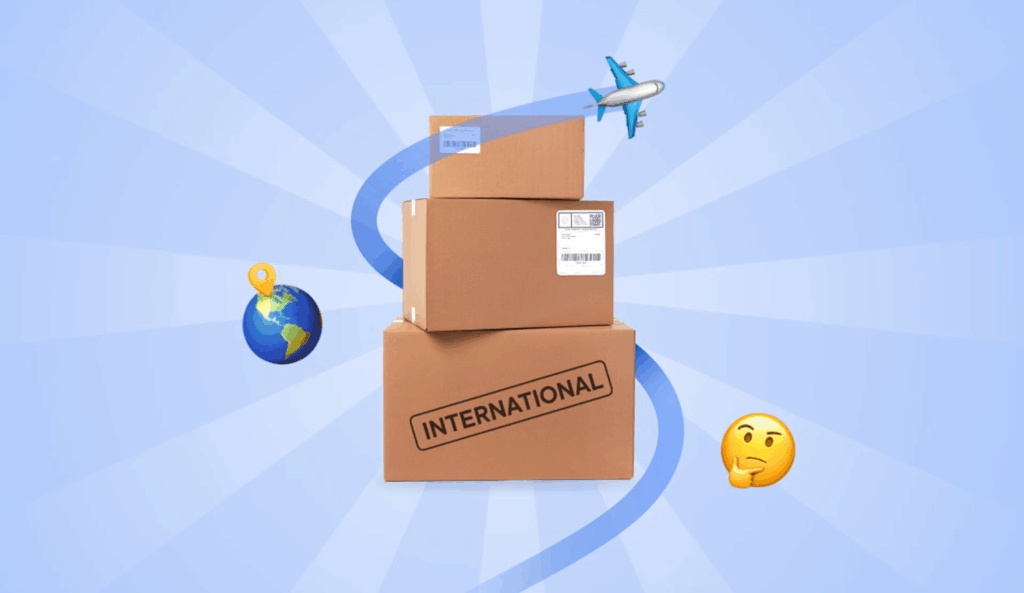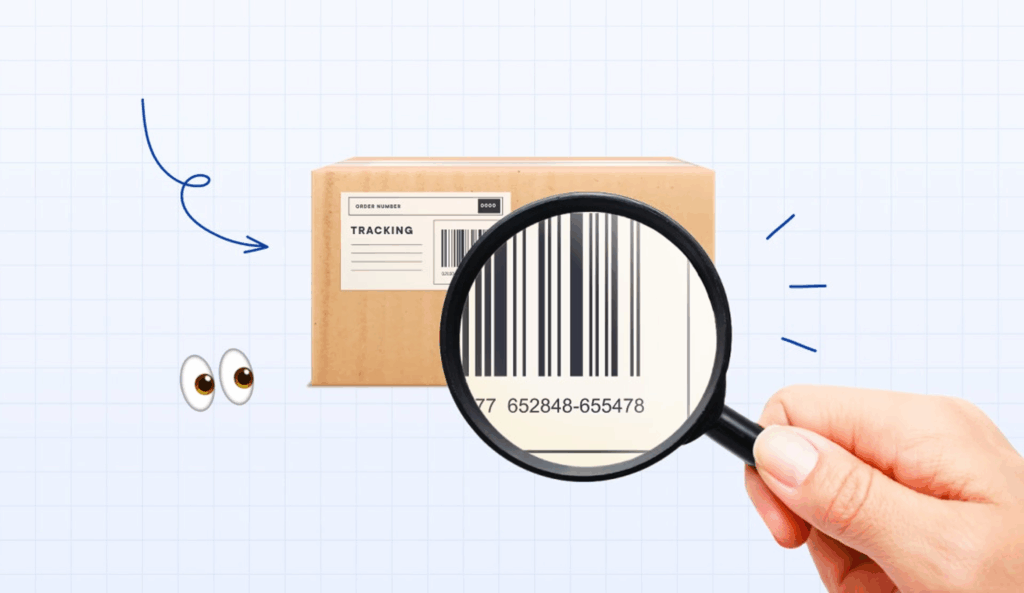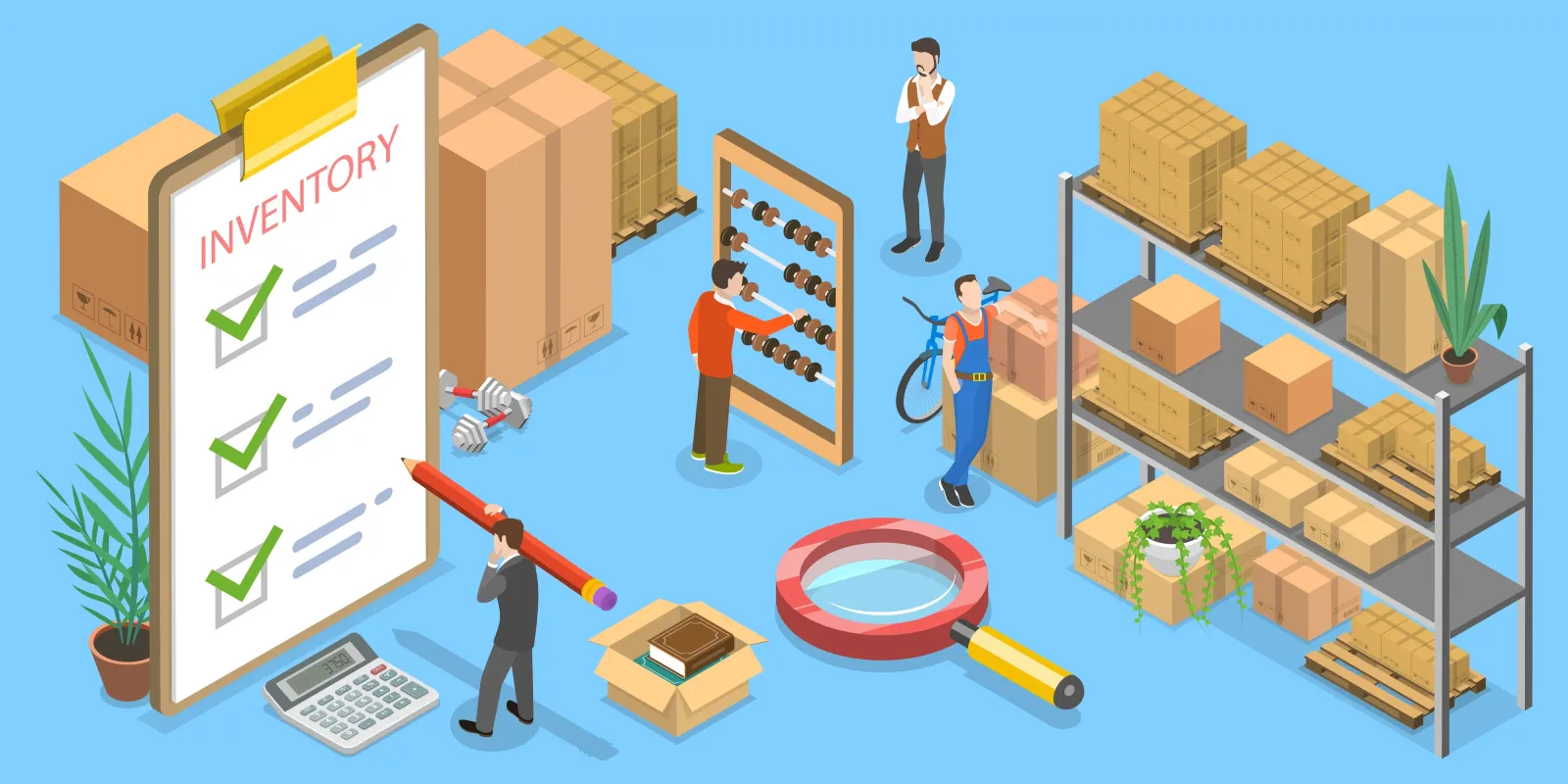Pourquoi faut-il toujours vérifier les numéros de suivi internationaux avant l'expédition ?
International Tracking Numbers decide whether a cross-border order feels smooth or stressful. If a number is wrong, missing, or not active, both you and your customer lose time, money, and trust. A smart workflow, supported by a logistics platform such as Colis postal, starts with one simple habit: always verify the tracking data before the parcel leaves your warehouse.

What Are International Tracking Numbers and How Do They Work?
How does a tracking number get created?
Every parcel receives a unique code when a label is generated.
For international routes, that code usually includes:
- A carrier prefix or service code.
- A serial number that identifies the parcel.
- A country or network suffix in some formats.
Once the label is printed and scanned for the first time, the carrier’s system links that code to scan events like “picked up,” “in transit,” or “delivered.”
Why do different carriers use different formats?
Postal operators, express couriers, and local last-mile partners all use their own patterns. Some formats are numeric only, others mix letters and numbers.
Without a verification step, it is easy to mistype or import International Tracking Numbers in the wrong format and only notice the mistake after the parcel is already in the network.
What Goes Wrong When Tracking Numbers Are Wrong or Missing?

What risks do invalid numbers create?
If the code is invalid or never activated, you face several problems:
- Customers cannot see any scans, so they assume the parcel was never shipped.
- Support teams have no reliable status and must contact carriers manually.
- Disputes and chargebacks become harder to fight because there is no clear proof of movement.
A single mistake can affect one order badly. Many mistakes across a busy week can damage your store’s reputation.
How does this affect cross-border deliveries specifically?
International routes add customs, border checks, and carrier handoffs. Delays are normal, but buyers accept them only when they can see progress.
Si International Tracking Numbers do not return events, customers often believe the parcel is lost and request refunds long before it arrives.
Why Is Verification Before Shipping So Important?
What happens if you skip verification?
Skipping verification pushes risk further down the chain. The parcel leaves your warehouse with a code that might never scan. By the time someone notices, the box could be sitting in a carrier depot with no easy way to link it to the right order.
You then need:
- Manual research with carrier support.
- Extra handling at the warehouse to identify the parcel.
- Extra communication with the buyer to rebuild trust.
All of this costs more than a quick automated check at the start.
How does verification protect your cash flow?

Payment providers and marketplaces look at delivery performance. Failed or disputed shipments reduce your ratings and can even lead to reserve funds or penalties.
Verifying International Tracking Numbers before shipping improves delivery confirmation rates, which supports healthier transaction histories with PayPal, card processors, and marketplace programs.
How Can You Verify Tracking Numbers in Practice?
What are the basic format checks?
Start with simple technical checks:
- Length of the code matches carrier rules.
- Allowed characters only (no spaces, strange symbols, or forbidden letters).
- Prefix or suffix matches the selected service.
These checks can run automatically inside your warehouse system or through an integration with a logistics platform.
How do you confirm that a number is active?
A valid format is not enough. You also want to confirm that the number exists in the carrier system and is ready for use.
Typical steps:
- Call the carrier or gateway API with the tracking number.
- Confirm that the response shows a “pre-advice” or “label created” state.
- Flag any numbers that return “not found” or unexpected errors.
Doing this for all International Tracking Numbers before handoff stops inactive labels from ever reaching the truck.
How can PostalParcel help automate these checks?
Instead of writing custom scripts for every carrier, you can route your shipments through a platform like PostalParcel.
You gain:
- One unified validation layer across multiple carriers.
- Automatic format checks and activation queries.
- Central error logs, so operations teams see problems quickly.
This centralisation makes verification part of your normal label-creation process instead of a separate manual task.
Which Situations Need Extra Care with Tracking Numbers?
How risky is dropshipping and multi-leg forwarding?

Many dropshippers rely on suppliers to generate labels. Some suppliers reuse International Tracking Numbers or provide numbers that only activate days later.
To stay in control:
- Validate numbers as soon as they appear in your system.
- Hold customer notifications until the code shows at least one scan.
- Monitor suppliers and address any patterns of invalid or recycled codes.
What about 3PL warehouses and cross-border hubs?
Lorsqu'un 3PL prints labels on your behalf, your team may never see the physical parcel. That makes verification even more important.
Ask your 3PL to:
- Use automated validation tools.
- Pass back errors through an API or dashboard.
- Reprint labels immediately if International Tracking Numbers fail checks.
Are pre-allocated numbers safe?
Some carriers pre-allocate ranges of tracking numbers. These are safe only if your system tracks usage carefully. Accidental reuse can link two different parcels to the same code.
A verification step that checks for duplicates inside your own database prevents this.
How Does Verification Improve Customer Experience?
How many support tickets can you avoid?
Most WISMO (“Where is my order?”) tickets appear because buyers cannot see clear scans. If every parcel leaves your warehouse with a verified, active tracking code, self-service tracking starts working from day one.
Vous pouvez :
- Add tracking links to email, SMS, and account pages.
- Teach customers to check status themselves before contacting support.
- Reduce queue volume, especially for international orders.
How does accurate tracking build trust?
Customers understand that international shipping takes time. They mainly want honesty and transparency.
When International Tracking Numbers display frequent, reliable updates, buyers feel that you are in control of the process. That trust leads to repeat orders and positive reviews.
What Data Should You Store with Each Tracking Number?

Which fields are essential for troubleshooting?
For every shipment, store at least:
- Order ID and customer ID.
- Tracking number and carrier code.
- Shipping method and destination country.
- Label creation time, pickup time, and first scan time.
With this data, you can quickly answer questions, identify slow routes, and prove that a parcel moved correctly through the network.
How does structured data support analytics?
Once you treat International Tracking Numbers as clean, structured data, you can:
- Measure livraison dans les délais by carrier and route.
- See which services cause most exceptions.
- Adjust shipping options at checkout to balance cost and reliability.
Analytics then guide decisions instead of guesses.
How Can PostalParcel Automate Verification and Monitoring?
What does centralised verification look like?
PostalParcel sits between your store, your warehouse, and your carriers. For each label request, it can:
- Validate tracking format against carrier rules.
- Check activation status by calling carrier systems.
- Block labels that fail checks and send clear error messages.
Your team keeps using familiar order tools, while PostalParcel handles the logic in the background.
How can you monitor tracking quality over time?
A platform view lets you:
- Track the percentage of shipments with valid International Tracking Numbers.
- See which suppliers or warehouses generate the most errors.
- Set alerts when error rates pass a threshold.
Continuous monitoring keeps small issues from becoming large, expensive problems.
Simple Checklist Before Handover to the Carrier

What should your team confirm for every shipment?
Use a short checklist to standardise the process:
- Tracking number format matches carrier rules.
- Number is unique in your system and not reused.
- Transporteur API confirms that the number is active.
- Order page and customer notification contain the correct code.
- Parcel label is clear and scannable, with no smudges or covers.
Training staff to follow this list reduces mistakes and makes quality measurable.
Conclusion: Turn Verified Tracking into a Competitive Advantage
Verifying International Tracking Numbers before shipping is not just a technical detail. It is a simple habit that protects cash flow, reduces support work, and builds trust with every buyer who orders across borders. By combining clear internal processes with tools like Colis postal, you can catch errors early, keep customers informed, and turn reliable tracking into one of the strongest advantages of your e-commerce operation.
Aperçu de l'industrie
nouvelles via la boîte de réception
Nulla turp dis cursus. Integer liberos euismod pretium faucibua








